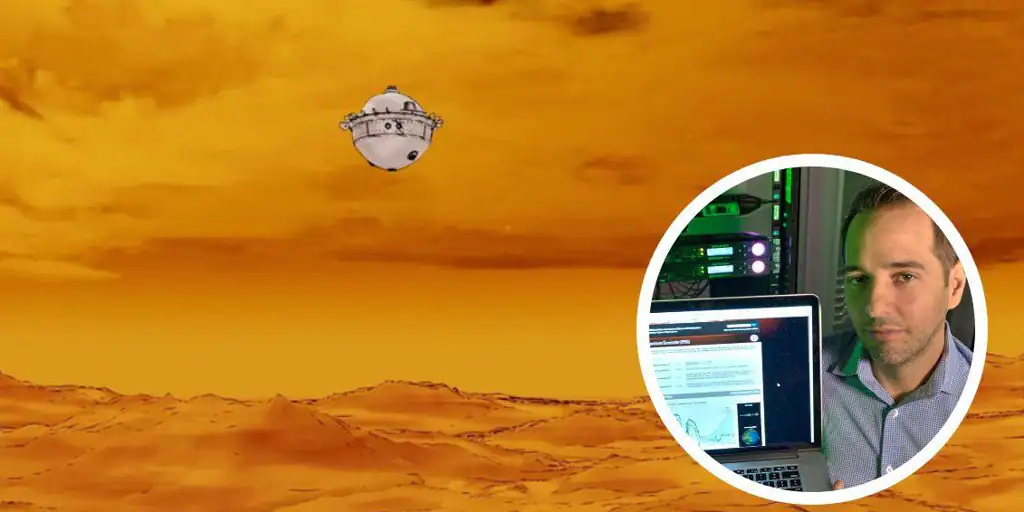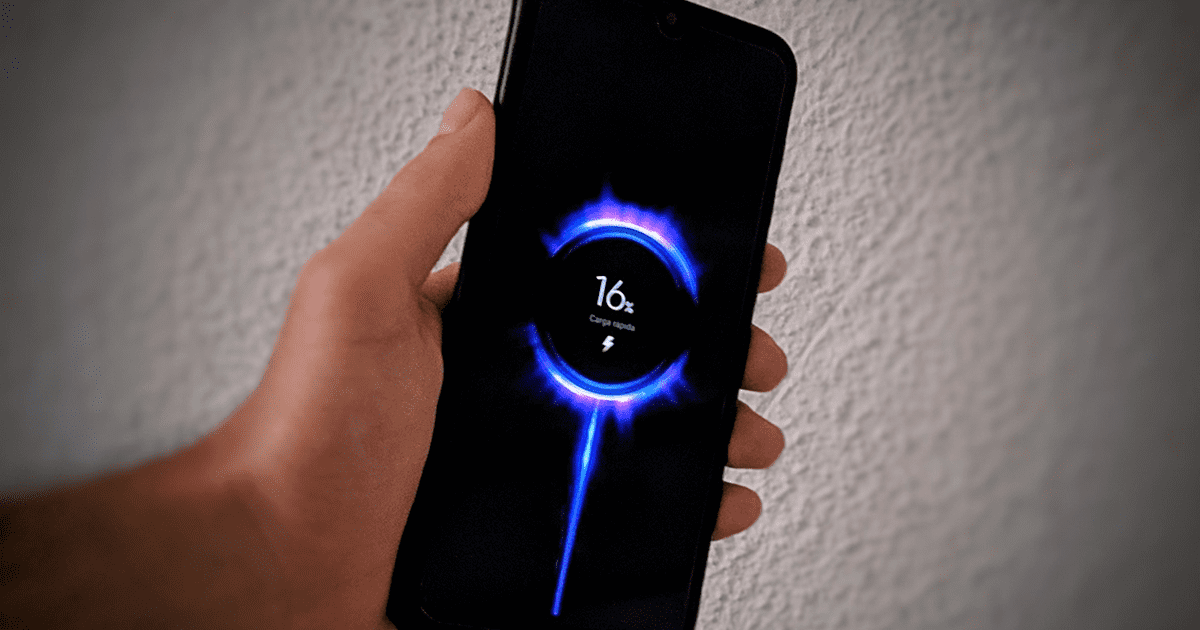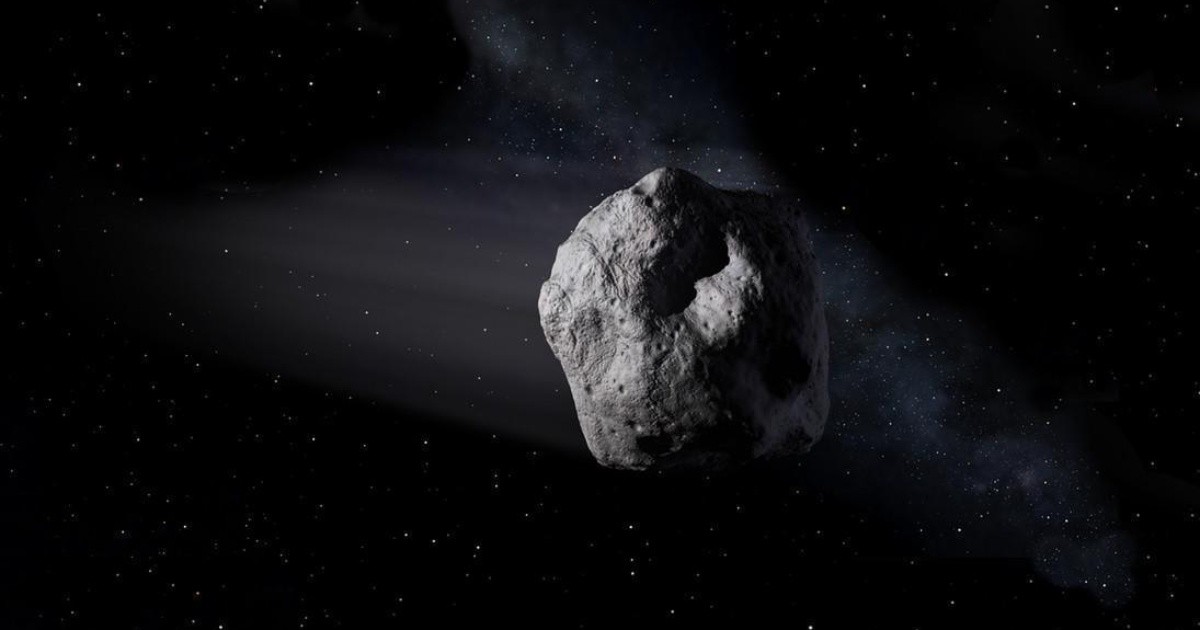NASA will launch the ambitious mission in 2029 Da Vinci to Venus. Consisting of a 200-kilogram titanium sphere that protects valuable scientific instruments inside, after two years it will pass through the thick and toxic atmosphere of Venus suspended from a parachute and constant temperatures approaching 500 degrees Celsius within an hour and a half of descending to the surface, and it will collect data in real time to try to discover if Venus has oceans like Earth and why it became a hell. That’s not its purpose, but the probe may find indirect indications that the planet harbored life or did at some point. The mission will be “revolutionary,” says Geronimo Villanueva, of Goddard Space Flight Center (Maryland, USA).
What makes Da Vinci different from other probes sent to Venus?
—In the 1970s, NASA and the Soviet Union sent many missions that showed us that it is a hellish planet, and it is very difficult to explore. Over time, we came to understand that what is now a very hot world with an uncontrolled greenhouse effect, was once more like Earth: it had oceans and would have been habitable. Part of da Vinci’s goals is to find out why he changed it.
“How will you get it?”
– with high-powered instruments: a panoramic camera and a mass spectrometer, which make it possible to determine the chemical composition of the atmosphere during da Vinci’s flight to the surface. This is the great treasure of the expedition: to study whether or not it contained the “Soup of Life”, to understand what happened in his past and what made him change.
“What would that trip through the atmosphere be like?”
“For the first half hour, the capsule will pass through a thinner, cooler area, such as at the top of our planet’s atmosphere. Then the parachute opens to slow it down for another half hour, as it travels through a band with temperatures and pressures very similar to those on Earth. When it finally sinks into the heavy part and with very high temperatures, it will separate from the parachute and begin free-fall. It will hit the surface at 45 km per hour. There we will have 17 minutes of battery life left to make observations and study the atmosphere near From the rooftop and get a panoramic view of the place.
What are the main challenges you face?
– High temperatures, limited resources, and most difficult, it’s in real time. Da Vinci will constantly send data back to Earth and all NASA resources will point to Venus for collection. It will be an hour and a half of great stress for NASA but with a very high science intensity.
“What will the other selected Venus mission, Veritas, bring?”
– While da Vinci will give us a lot of scientific data from a specific area, Veritas will allow us to map the planet and see its continents, giving us a global idea.
“What happened to Venus that it changed so much and became hell?”
“We think that Venus was once a planet with oceans like Earth, but at some point it got out of control for some reason and underwent a radical transformation. Da Vinci will give us a lot of important information to know if this really happened and what processes make a habitable planet hell, and what is the tipping point. It will help us understand the future of our planet. It will also help us in our search for an Earth-like world outside our solar system.
life is very simple
Could the same thing happen to Earth one day?
– Yes, if we do not control the greenhouse effect. But there are notable differences. In the case of our planet, being a little further from the Sun is an advantage: we get less insolation and less rotation. Our planet rotates every 24 hours, regulating the circulation of the atmosphere. On Venus, the rotation, which is the opposite, is much slower and the air movements are different. It is clear that these elements, together with the important geological activity of the Earth, made the evolution of the greenhouse effect different.
– The possibility that Venus could have atmospheric life opened up a lot of debate.
Venus is hell, but as on Earth, as one begins to rise in its atmosphere, temperatures are milder and there comes a time when temperatures reach 20 degrees Celsius and pressures are milder. In those places, there are clouds of sulfuric acid that are not pleasant for life, but it is thought that among them there may be small components around which water accumulates. If there was water and the right temperature and pressure, it could be a habitable area. Many researchers around the world are searching for these traces of life. I think da Vinci will be revolutionary because it will be able to pierce through those clouds and take measurements in situ, which will help resolve some of those powerful debates.
“If life exists or exists on Venus, can Da Vinci find it?”
What you can do is look for chemical changes that indicate an active biological process. Da Vinci can give us indications that something strange is going on, indications of habitability now or in the past, but not a definitive answer.
“If there was life, what would it be like?”
Very simple, microbiotic. little bacteria.





